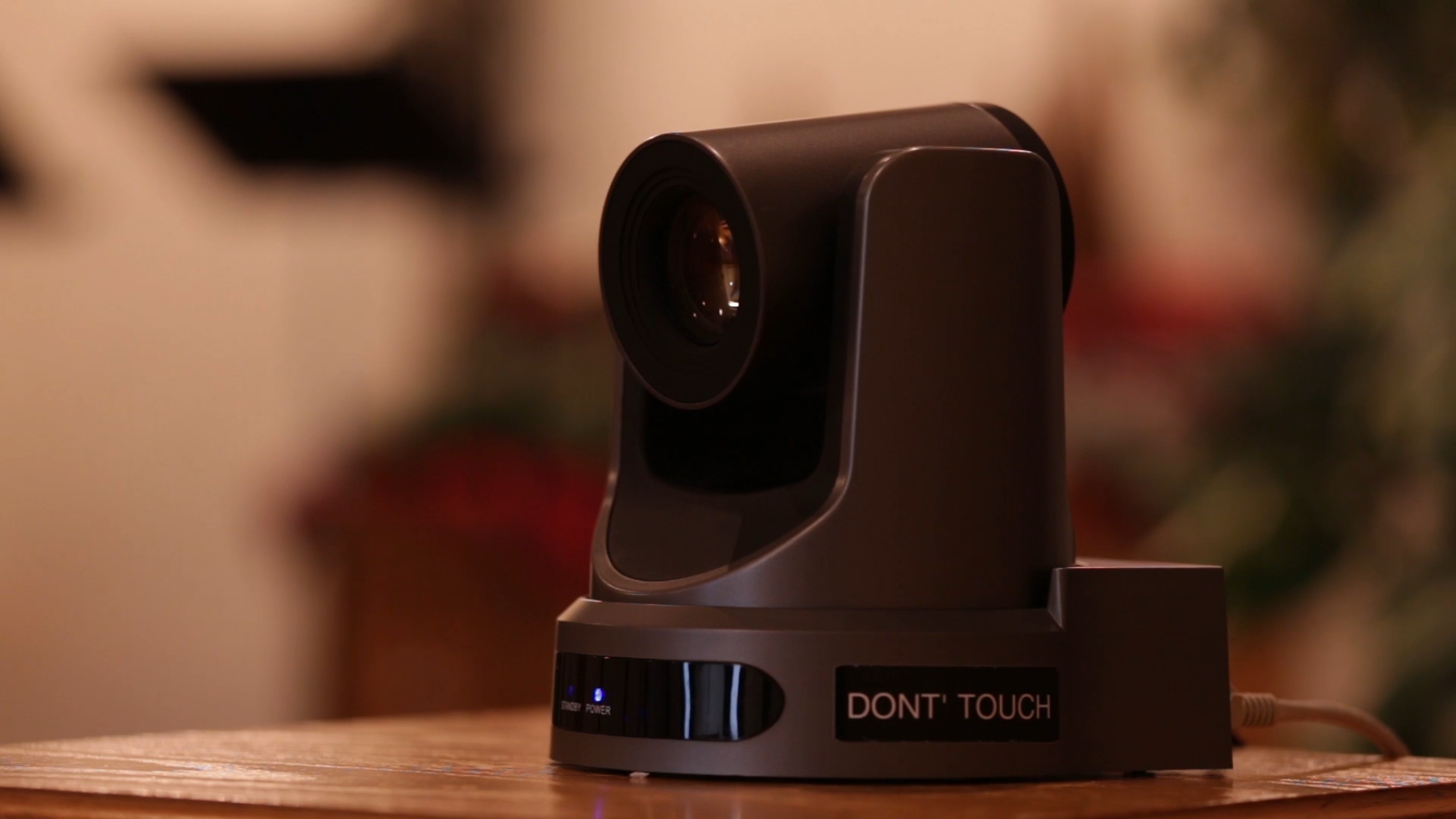PTZ Cameras Gain Acceptance in Broadcast News Studios
By Jim Bask
 From SchoolVideoNews.com
From SchoolVideoNews.com
“In broadcast markets of every size, news operations are replacing traditional, pedestal-mounted studio cameras with pan/tilt/zoom (PTZ) models.”
In fact, PTZ camera performance is so strong that some stations are using them side-by-side with traditional studio cameras for weather sets, while others have replaced all their studio cameras with PTZ models.
It’s a growing trend, but is it a good idea? It can be – with the right equipment choices and realistic expectations. Here are five reasons why PTZ technology is a good fit for today’s news studios.
1. Actually, it’s not a new trend.
Advanced Broadcast Solutions in SeaTac, Wash., has installed PTZ studio camera systems in several broadcast facilities, from small market stations with very limited
budgets to top 20 stations that reach almost 2 million households. In fact, the company has been using PTZ cameras in news studios for at least a decade. “People couldn’t believe you could use a PTZ camera in a news studio,” recalled Mark Siegel, president of ABS. “When other system designers wouldn’t even consider it, I was getting acceptable performance out of PTZ technology. Now, many station groups are heading that way.”
2. PTZ technology has improved.
Not too long ago, robotic cameras for professional production were expensive, as well as large, heavy, and difficult to install. Today’s PTZ production cameras are essentially compact, self-contained robotic cameras. As with most video technologies, the size and cost of the equipment have decreased, while the capabilities have increased. Today’s generation of PTZ cameras feature improved image sensors, digital signal processing, and precise control. Plus, POE+ (Power Over Ethernet Plus), available in some PTZ cameras, is a “single cable solution” that provides power, IP control, web control and preview, and streaming content over Cat5e/6 cable. Remember, your PTZ camera is one part of a larger system, so make sure it provides the video format output (720p, 1080i, 1080p) you expect to use for the next few years.
3. Prompters are no longer an issue.
One early stumbling block for adopting PTZ cameras in the news studio was the need for prompter systems. Most prompters were designed to work with full-sized cameras and pedestals or high-end tripods. Today, companies like CueScript offer prompter systems designed specifically for PTZ cameras (and mount on an inexpensive light stand)….[continue reading]

